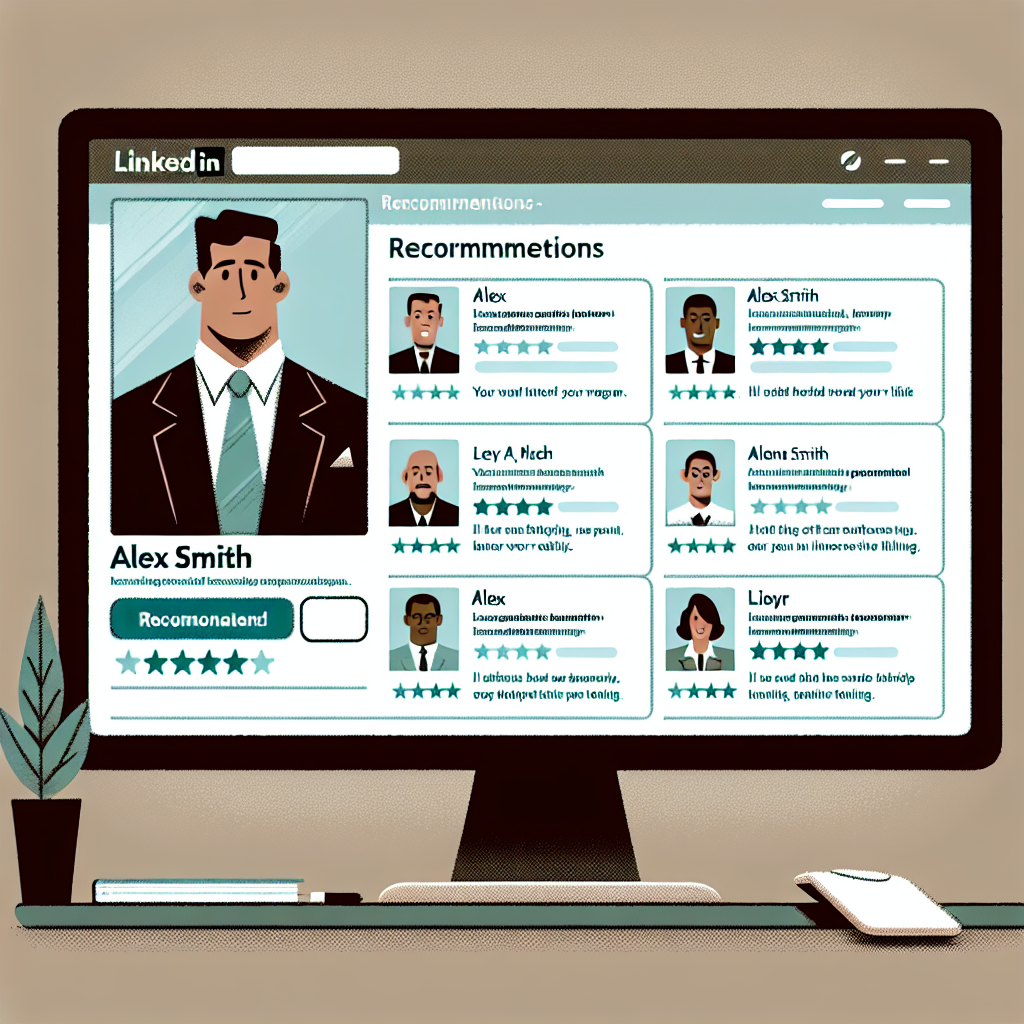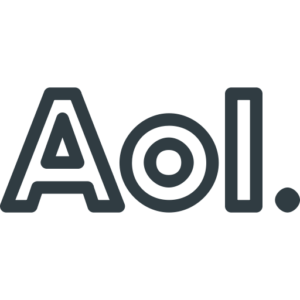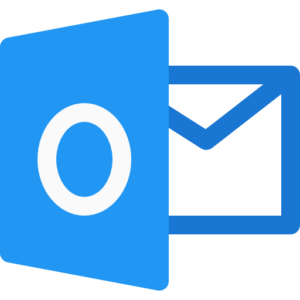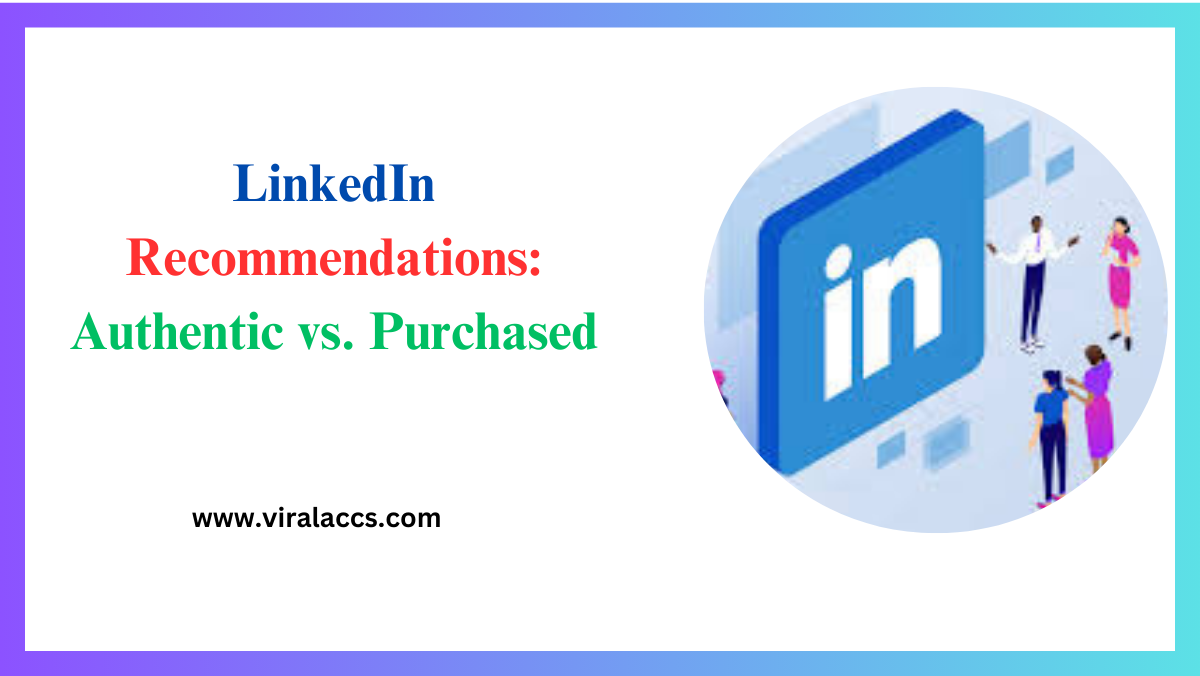LinkedIn has become the go-to platform for professionals seeking to advance their careers and expand their networks. One of the most powerful features of LinkedIn is its recommendation system, which can significantly enhance your profile’s credibility and appeal. However, in the quest for a perfect profile, some individuals are tempted to take shortcuts by purchasing fake recommendations. In this blog post, we’ll explore the value of genuine LinkedIn recommendations, the pitfalls of buying them, and how to effectively leverage them for your career growth.
The Value of LinkedIn Recommendations
LinkedIn recommendations are more than just nice words on your profile; they are critical endorsements that can significantly impact your professional reputation. When someone takes the time to write a thoughtful recommendation, it speaks volumes about your skills, work ethic, and character.
Having a strong lineup of LinkedIn recommendations not only boosts your credibility but also provides potential employers with a snapshot of your professional relationships. It showcases the trust and respect you have earned from colleagues and supervisors, making it easier for recruiters to envision you as part of their team.
Furthermore, authentic recommendations can set you apart from other candidates in a competitive job market. They offer concrete examples of your achievements and contributions, which can be far more persuasive than generic claims about your skills.

Earning Authentic Recommendations
Earning genuine LinkedIn recommendations requires effort and sincerity. It’s about building authentic relationships and showcasing your value to others in the workplace.
1. Requesting Recommendations Properly
When asking for a recommendation, approach it thoughtfully. Select individuals who can provide specific insights into your work, such as former managers or colleagues you’ve closely collaborated with. Reach out personally, explaining why you value their perspective and how their recommendation can highlight your strengths.
Be clear about what aspects of your work you’d like them to focus on. This not only makes it easier for the person writing the recommendation but also ensures the recommendation aligns with your career goals.
2. Writing Compelling Recommendations for Others
A great way to encourage others to recommend you is by writing recommendations for them first. When crafting a recommendation, be specific and genuine. Highlight their key strengths, achievements, and any memorable experiences working with them.
By taking the time to write a compelling recommendation, you demonstrate your appreciation and may inspire them to reciprocate. Remember, authenticity is key. Focus on true experiences and avoid exaggeration.
Risks of Purchasing Fake Recommendations
While it might seem tempting to enhance your LinkedIn profile with purchased recommendations, this shortcut can lead to long-term consequences. Fake recommendations lack the authenticity and specificity that genuine ones provide.
If employers or colleagues discover that you’ve bought recommendations, it can damage your reputation and trustworthiness. In the professional world, integrity is invaluable, and cutting corners can backfire, affecting your career prospects.
Additionally, fake recommendations often lack the personal touch and context that make real recommendations impactful. They might even use generic language that’s easily recognizable as fraudulent, raising red flags to potential employers.
LinkedIn’s Policies on Recommendations
LinkedIn maintains strict policies to ensure a trustworthy platform. Engaging in dishonest practices, such as buying fake recommendations, violates LinkedIn’s terms of service.
The platform actively monitors suspicious activities and may take action against profiles engaging in unethical behavior. This could include suspension or removal of accounts, which can have severe repercussions on your professional presence.
To maintain credibility and integrity, it’s crucial to adhere to LinkedIn’s guidelines and foster genuine interactions with your connections.
Leveraging Recommendations for Career Growth
Genuine LinkedIn recommendations can be a valuable asset for career growth. They serve as testimonials of your skills, work ethic, and ability to collaborate effectively.
To make the most of your recommendations, showcase them strategically on your profile. Highlight those that align with your career goals and the type of roles you’re pursuing.
Consider regularly updating your recommendations to reflect your ongoing professional development. If you’ve acquired new skills or taken on different responsibilities, reach out to previous recommenders for updates or request fresh recommendations from recent collaborators.
1. Building a Strong Recommendation Network
Building a network of strong professional relationships is essential for earning and giving meaningful LinkedIn recommendations. Regularly engaging with your connections by sharing valuable content, commenting on their achievements, and attending networking events can lay the groundwork for mutually beneficial relationships. As you nurture these connections, seek opportunities to collaborate on projects or share insights, which can organically lead to the exchange of recommendations.
Moreover, being proactive in staying connected with former colleagues and bosses, rather than only reaching out when you need a recommendation, helps maintain a robust network. By staying in touch and continuing to provide value, you’ll ensure that your professional relationships remain strong, positioning you as a top-of-mind choice when opportunities for recommendations arise.
This comprehensive approach not only enhances your immediate LinkedIn presence but also supports your long-term career advancement by fostering genuine professional relationships.
2. The Role of Personal Branding in Recommendation Success
A well-developed personal brand can significantly enhance the effectiveness of your LinkedIn recommendations. Your personal brand reflects who you are as a professional, your values, expertise, and the unique qualities that distinguish you from others in your field.
By clearly establishing and consistently presenting your personal brand, you make it easier for recommenders to highlight relevant aspects of your character and achievements. This ensures that your recommendations consistently support your professional narrative and amplify your brand’s message across your LinkedIn profile.
To build a strong personal brand, focus on crafting a compelling LinkedIn summary, selecting a professional profile picture, and highlighting your key skills and accomplishments. Engage with content that resonates with your professional interests and participate in discussions relevant to your industry.
As you develop your personal brand, your recommendations will naturally align with it, providing a cohesive and compelling portrayal of your professional identity. Such alignment not only strengthens your recommendations but also enhances your overall impact in the job market, making you a more attractive candidate to potential employers.
3. Responding to Recommendations
Receiving a LinkedIn recommendation provides a perfect opportunity to reinforce your professional relationships. When someone takes the time to write a recommendation for you, it’s crucial not only to express your gratitude but also to recognize the effort they’ve put into supporting your career. A personalized thank-you message can go a long way in reinforcing a positive bond with your recommender and can even encourage future collaboration or support.
Consider publicly acknowledging recommendations that stand out by mentioning them in a post, if appropriate. This not only highlights the recommender’s effort to your network but also reinforces the authenticity and relevance of the recommendation.
Moreover, offering to reciprocate by writing a thoughtful recommendation for them strengthens the mutual support within your professional network. By maintaining these exchanges, you build a solid foundation of trust and respect, essential for any thriving professional network.
4. Maintaining Authenticity in Your LinkedIn Presence
Authenticity is a cornerstone of a compelling LinkedIn presence. In a digital landscape increasingly populated with polished profiles and professional personas, standing out means staying true to yourself and your unique story. Authenticity helps build trust with your network, making your interactions and engagements more meaningful. To maintain authenticity, focus on creating content that genuinely reflects your experiences, observations, and insights relevant to your field.
When sharing updates or articles, choose topics you are truly passionate about and that align with your professional goals. This not only attracts like-minded connections but also demonstrates your expertise and enthusiasm to potential employers or collaborators. Additionally, be honest about your achievements and setbacks, as vulnerability can resonate positively, portraying you as approachable and genuine.
Moreover, engage authentically by participating in conversations with an open mind, offering constructive feedback, and showing appreciation for the insights of others. This approach not only fosters a supportive community but also enriches your own understanding and growth within your industry. By prioritizing authenticity in your LinkedIn presence, you cultivate a network founded on real connections and mutual respect, setting the stage for lasting and meaningful professional relationships.
5. Leveraging LinkedIn Insights for Career Growth
LinkedIn offers a wealth of data and insights that can be pivotal in guiding your career path. By tapping into LinkedIn Analytics, you can monitor the reach and engagement your posts receive, providing valuable feedback on how your content resonates with your audience. This data helps you refine your messaging, focusing on topics that generate interest and interaction.
Additionally, LinkedIn’s tools for talent insights provide a unique perspective on industry trends, skill demands, and company growth patterns. By utilizing these insights, you can identify skill gaps in your field and undertake training or professional development to stay competitive.
Furthermore, job seekers can use LinkedIn insights to learn about company culture, diversity, and community involvement, enabling informed decision-making when considering career opportunities. Pay attention to how companies engage with their audience online, as it often reflects their internal values and priorities.
By strategically using LinkedIn’s insights, you can tailor your career strategy to align with market demands, ensuring you are not only in demand but also aligned with employers that match your professional aspirations and values. This proactive approach can significantly enhance your career trajectory, placing you in positions where your skills and ambitions are best utilized and appreciated.
Balancing Recommendations and Endorsements
While recommendations hold substantial weight, LinkedIn skill endorsements also play a role in demonstrating your expertise. Balancing both can create a comprehensive picture of your abilities.
Endorsements are quick and easy acknowledgments from your connections, showcasing your skills at a glance. On the other hand, recommendations provide detailed insights into your professional attributes.
To maximize the impact, focus on quality over quantity. Aim for meaningful endorsements from industry peers and genuine recommendations that offer specific examples of your contributions.
In conclusion, LinkedIn recommendations are a powerful tool for building your professional brand, but they should always be authentic and earned. By fostering genuine relationships and adhering to ethical practices, you can enhance your credibility and open doors to new opportunities. If you’re ready to strengthen your LinkedIn profile, start by reaching out to colleagues and mentors for honest recommendations. Remember, in the world of professional networking, authenticity always wins.








